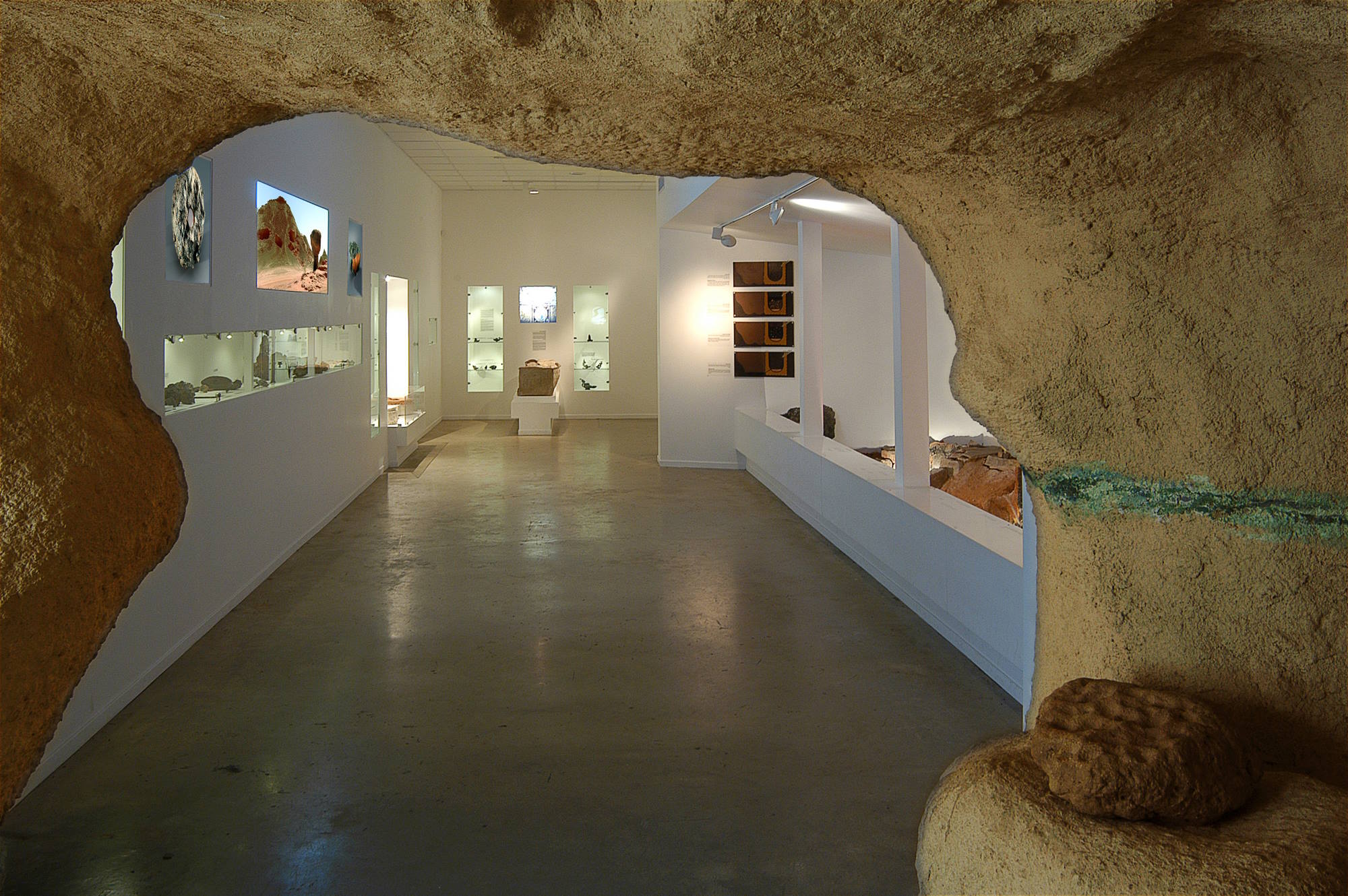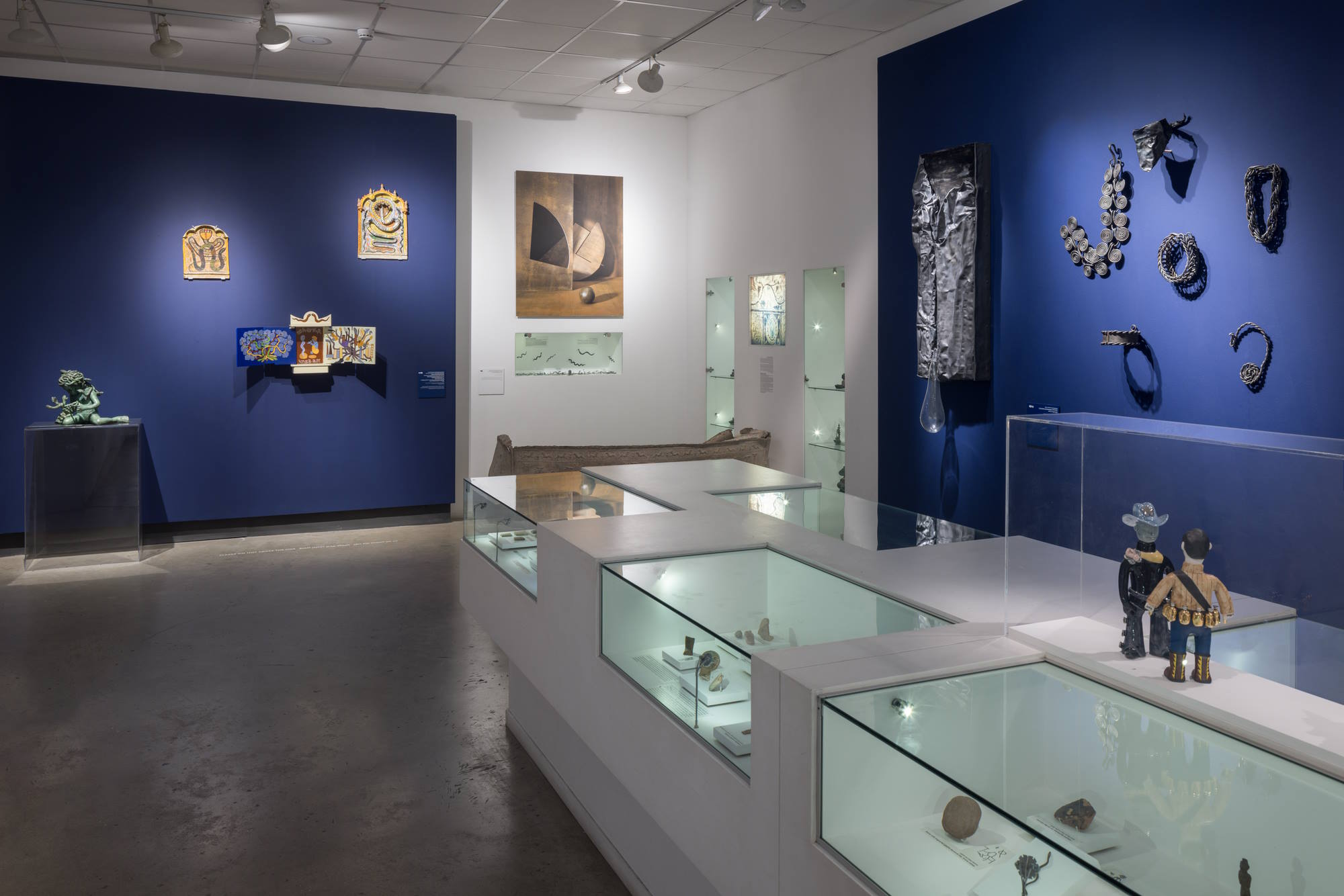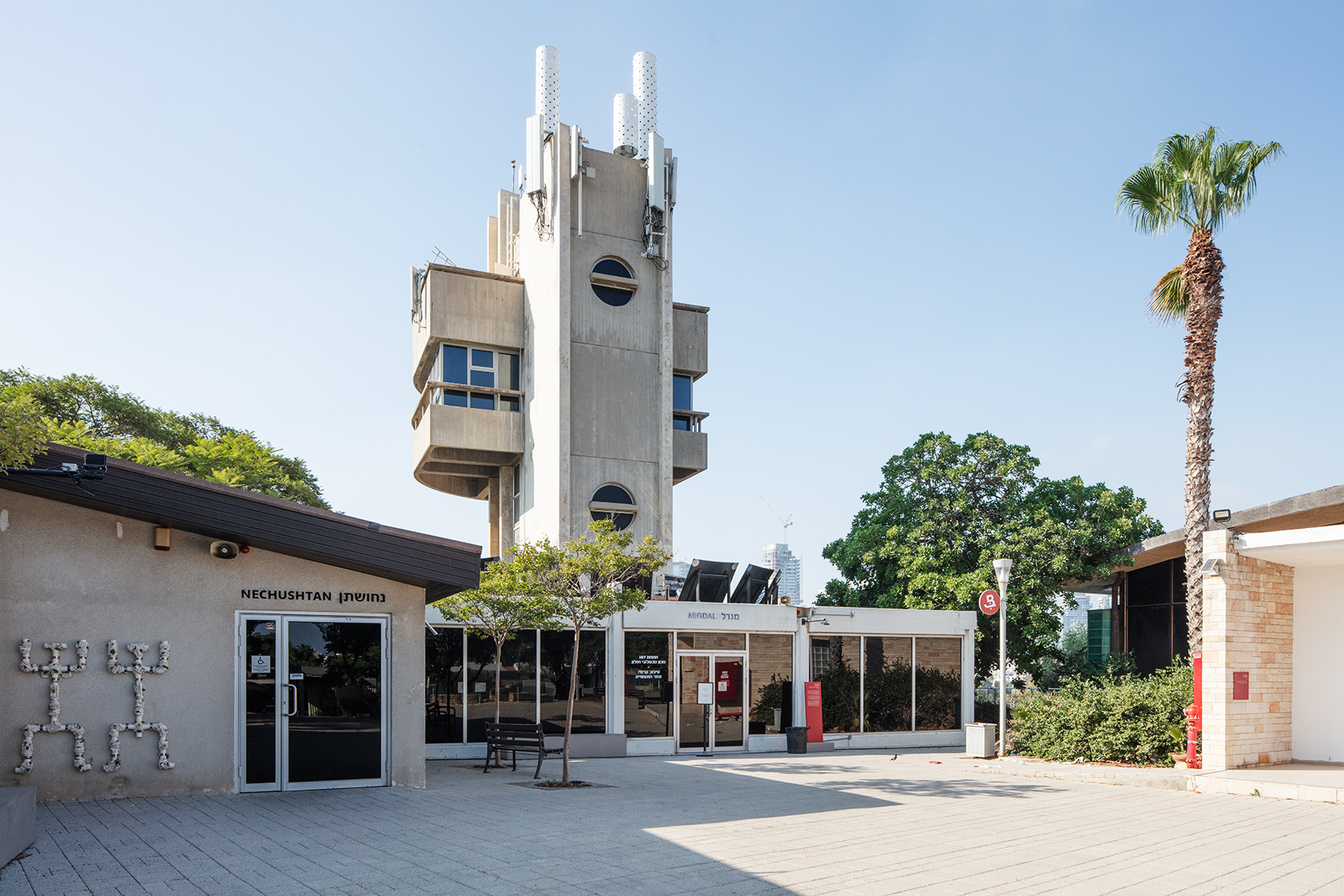The revolutionary discovery that copper ore could be converted into metallic copper is the story of the Nehushtan Pavilion. The pavilion includes reconstructions of a copper mine and ancient smelting furnaces based on research conducted in Timna (Southern Arava), and Sinai, which has occupied leading scholars for over 100 years. Alongside are displayed the raw materials, working tools and a wealth of finds that provide information about the daily life of the workers and their surrounding community.
The Display
Displayed in the entrance to the pavilion is a reconstructed copper mine, presenting methods and mining systems from the 5th millennium and the late 2nd millennium BCE, and mining tools from different periods.
The section dealing with copper production is dedicated to smelting technology – a complex discipline requiring highly-developed skill and expertise – and its development throughout history. Ancient copper industries employed a multi-faceted work force. The complex production process began with mining, went through transportation and smelting of the ore and ended with the final product: a copper ingot, which was transferred for final processing at other sites. Here you will encounter copper ores, the raw material at the beginning of the copper production process. Across from them are displayed furnaces from the 5th–4th millennia BCE (the Chalcolithic period), an original furnace dated to the 12th century BCE (the late Bronze Age) and a furnace from the 10th century BCE (the Iron Age). Opposite the furnaces, reconstructed bellows are displayed, based on wall paintings from Egyptian tombs.
Another section is dedicated to the day-to-day life of the expert artisans, which was imbued with ritualistic aspects. A variety of unique items made of organic materials, such as wood and textiles, have been preserved thanks to the dry and arid desert environment. They tell the story of the main characters of this industry and their surrounding community. This population left behind almost no architectural remains, which indicates its nomadic way of life. This community was based on a complex socio-political structure underpinning the achievements of the copper industry.
On display in the pavilion are Qurayyah painted-ware ceramic vessels, also known as “Midianite pottery” discovered in excavations around the Timna area. These beautiful vessels are decorated in color and are named after the region where they originated, the Al-Qurayyah oasis in the north-west Arabian Peninsula. Many other ceramic items were discovered alongside them, some of local Negev design (Negevite ware), some Canaanite, and some Egyptian. Together, these attest to the complex nature of the site’s population.
The display also includes a selection of finds from the shrine of the goddess Hathor, the patroness of the Egyptian miners, located in Timna. The temple was constructed during the 13th–12th centuries BCE (late Bronze Age), and an Egyptian inscription mentioning king Ramesses III, was found adjacent to it. The shrine went on serving the local community during the early Iron Age. Initially excavated by Beno Rothenberg in 1969 and studied ever since, it is characterized by a combination of local and Egyptian finds. The accepted hypothesis today is that the Egyptians used the extensive expertise acquired by the local population in their smelting and mining industries.



